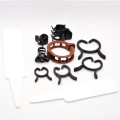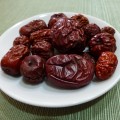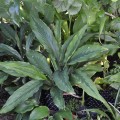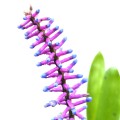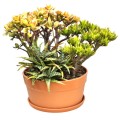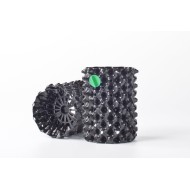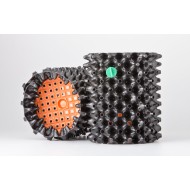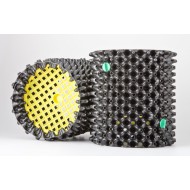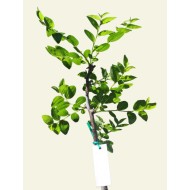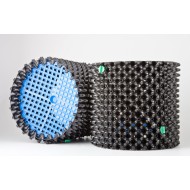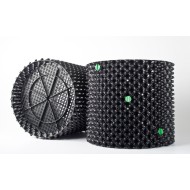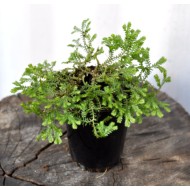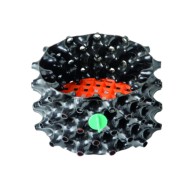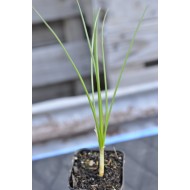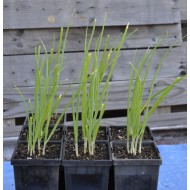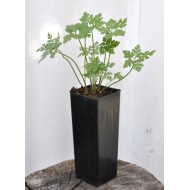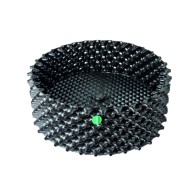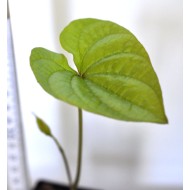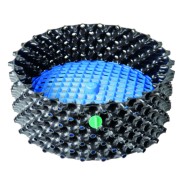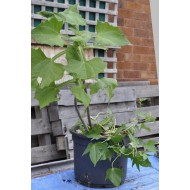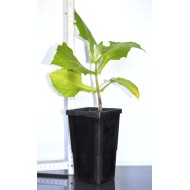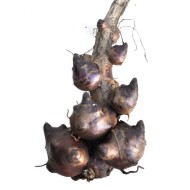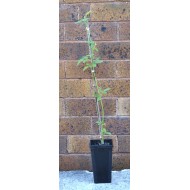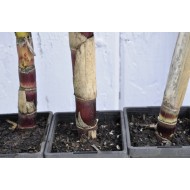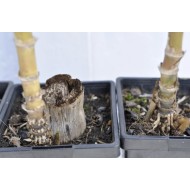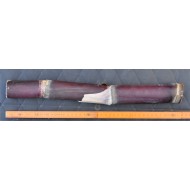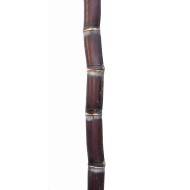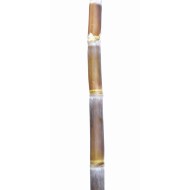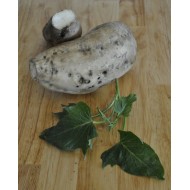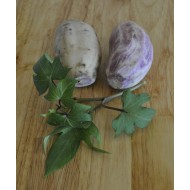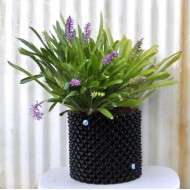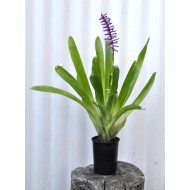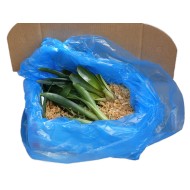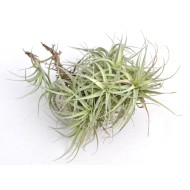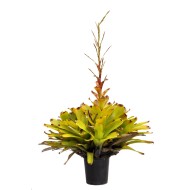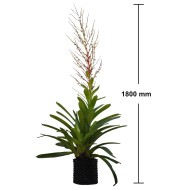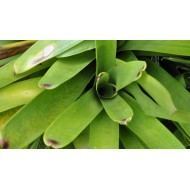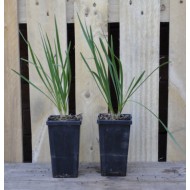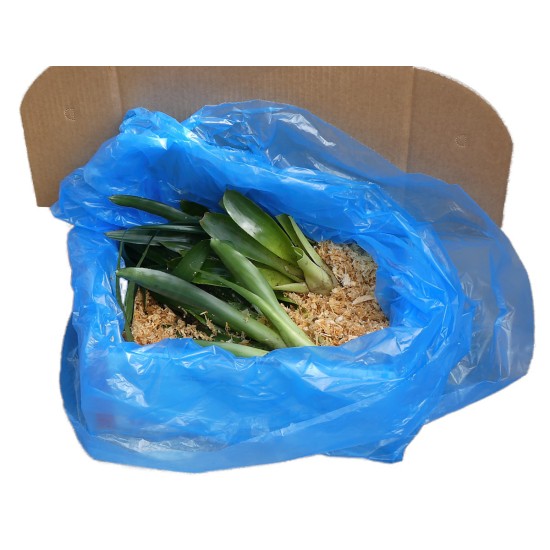
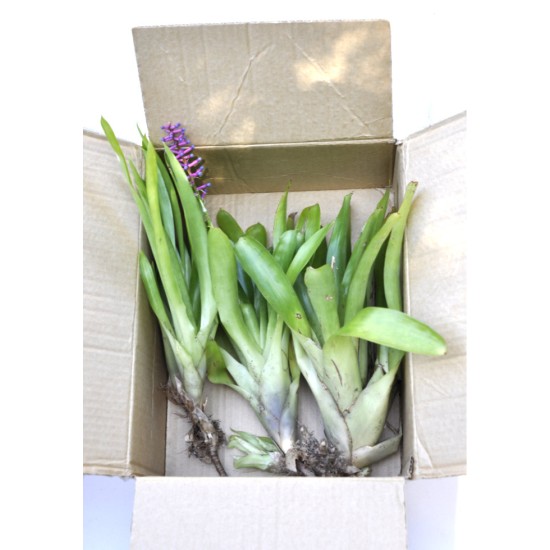
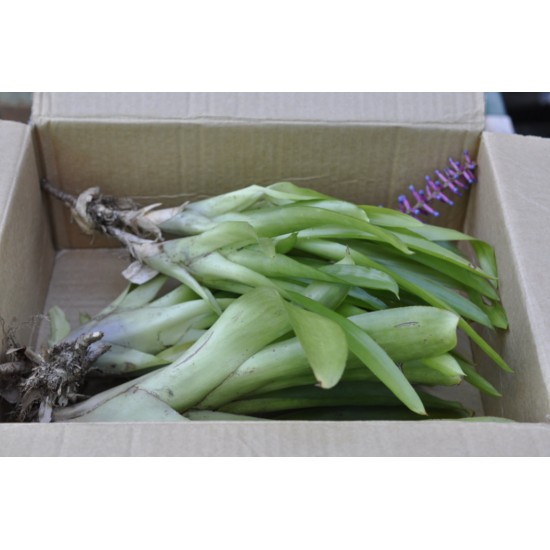
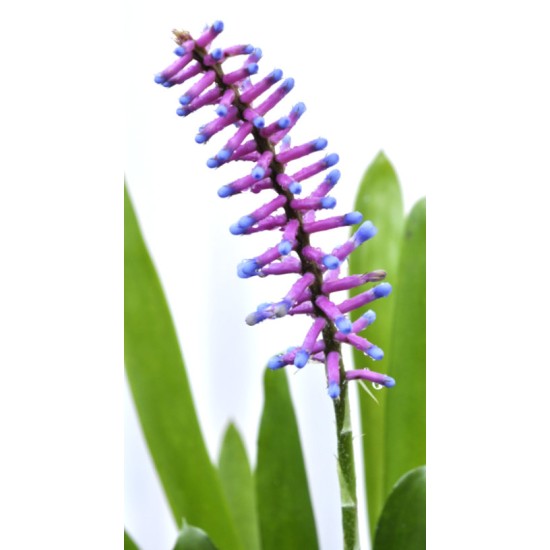
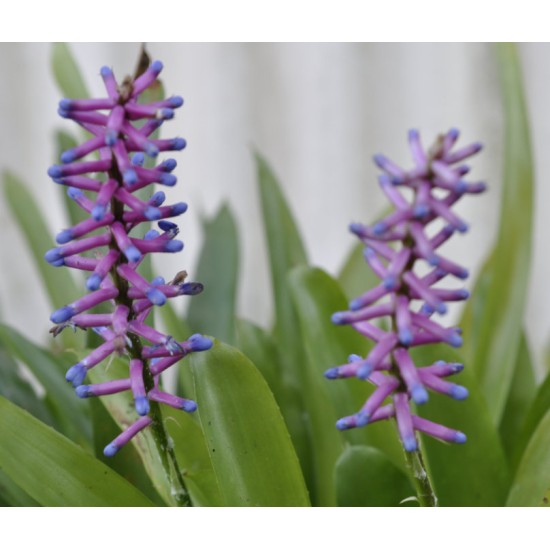
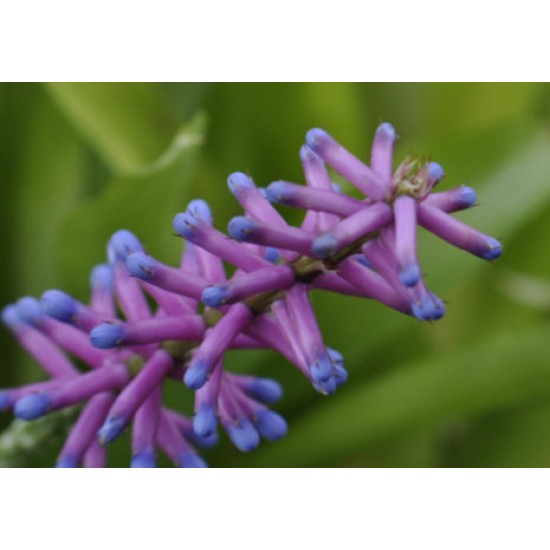






- Stock: Sold - Request Pre-Order
- Model: matchstick-bromeliad-mature-bare-rooted
Family: Bromeliaceae (the bromeliad family)
Genus: Aechmea (includes silver vase [urn plant])
Botanical/Binomial Name: Aechmea gamosepala
Meaning of Name:
Aechmea, from Ancient Greek αἰχμή (aikhmḗ, ‘spearhead’, ‘arrowhead’) inflorescence like a spear; and
gamosepala, from Italian gamosepala (feminine singular of gamosepalo, ‘having united sepals’)
Common Name: Matchstick Bromeliad
Botanical Characteristics: Herbaceous | Perennial | Epiphytic| Frost tender to tolerant
Propagation: Division of stolons with roots and attached ‘pups’
Item Description:
As many mature (not pups) matchstick bromeliads (Aechmea gamosepala) as will fit in a large box (390 × 280 × 140 mm).
Expect at least five depending on spread, with any pups going along for the ride! Plants may or may not be flowering when sent.
Photos are indicative of, but not necessarily the exact plants you will receive.
The second and third photos are of the same plants. In the second photo you can see a pup on the middle plant, which is not obvious in the third, whilst in the third photo you can see two attached plants which look like one in the second.
Plant Description:
These are bare-rooted, mature bromeliads in excess of 300 mm tall, excluding any flower spikes (which may or may not be present). Any plants too long for the box will be trimmed — this will not harm them and new leaves will grow readily. New leaves on mature plants can easily reach 700 mm.
These plants feed by collecting water and leaf matter in the ‘cups’ formed by their leaves. While I do empty them out and give them a gentle wash before sending, please do be aware that any ‘dirt’ in the cups or caught between leaves is simply this organic matter which they have been feeding from. I either missed it or it would harm the plants if I attempted to remove it with force.
This plant is called the ‘matchstick bromeliad’ because of the funky psychedelic-coloured ‘matchsticks’ along the flower spike. (The blue bits are the actual flowers.)
Growing Information:
The matchstick bromeliad is an epiphytic plant, meaning that in the wild it would normally grow on another plant (without harming it in any way), and thus the roots are designed to attach to a surface rather than to uptake nutrients. They can still grow in pots so long as the medium is free-draining and their leaf ‘cups’ are always filled with water.
These plants do not like direct sun and prefer part- to full-shade. They are best fertilised with an occasional liquid fertiliser to mimic how epiphytes normally derive nutrients, which is from rotting leaf and other matter collected in the leaves.
The vivid and striking flower spikes emerge over winter and are very long-lasting. They can even be cut for vase flowers.
This is a spreading/clumping plant which readily propagates via pups on stolons (runners). These won’t mind if potted in individual pots or together in one larger pot, as their roots are for anchoring and not nutrient uptake. The bromeliads will simply grow outwards to fill whatever they are in. Alternatively, plant them in the ground and slightly spread out under/around a shady tree, for them to form a visually striking clump over time. (If you don’t mind a little untidyness, falling leaves from the tree will do the fertilising for you!)
On Arrival:
The matchstick bromeliad is a tough plant and won’t require urgent immediate attention on arrival, but it is still a good idea to unpack these plants as soon as you can though, so that they can begin photosynthesis and resume growth.
Simply pot them up or plant in the ground where the potting medium or soil is well-draining, and fill their cups with water. You can add some dry leaves to the cups at the same time if you like, for these to break down and act as slow-release fertiliser while the plants settle in and adjust to their new location. I wouldn’t recommend applying manufactured fetilisers until much later, after this settling-in period.
Local pick-up is welcome — we’re in Gwynneville, near Wollongong University.
Pick-up is by mutual arrangement please, as we don’t have a shopfront.
Having said that, we are always here and more often than not can easily fit in with whichever day and time suits you best!
Feel free to suggest preferred pick-up time(s) in the comments box during checkout and we’ll reply as soon as we see the notification.
Especial Note Regarding Large Air-Pot® Orders
Depending on the order, we may suggest that large Air-Pot® orders are best sent directly to you from the warehouse.
Especial Note Regarding Jujube Trees
When posting out bare-rooted jujube trees, we routinely trim them to fit the box and keep postage costs to a minimum. These trees are typically knee-high when planted out, though some may be smaller.
This of course doesn’t apply for pick-ups, and in fact we will set aside the tallest trees specifically for this purpose. These trees can often be hip-high, and sometimes taller again.
Please note that this is not a guarantee, as heights of different cultivars can differ from year to year.

